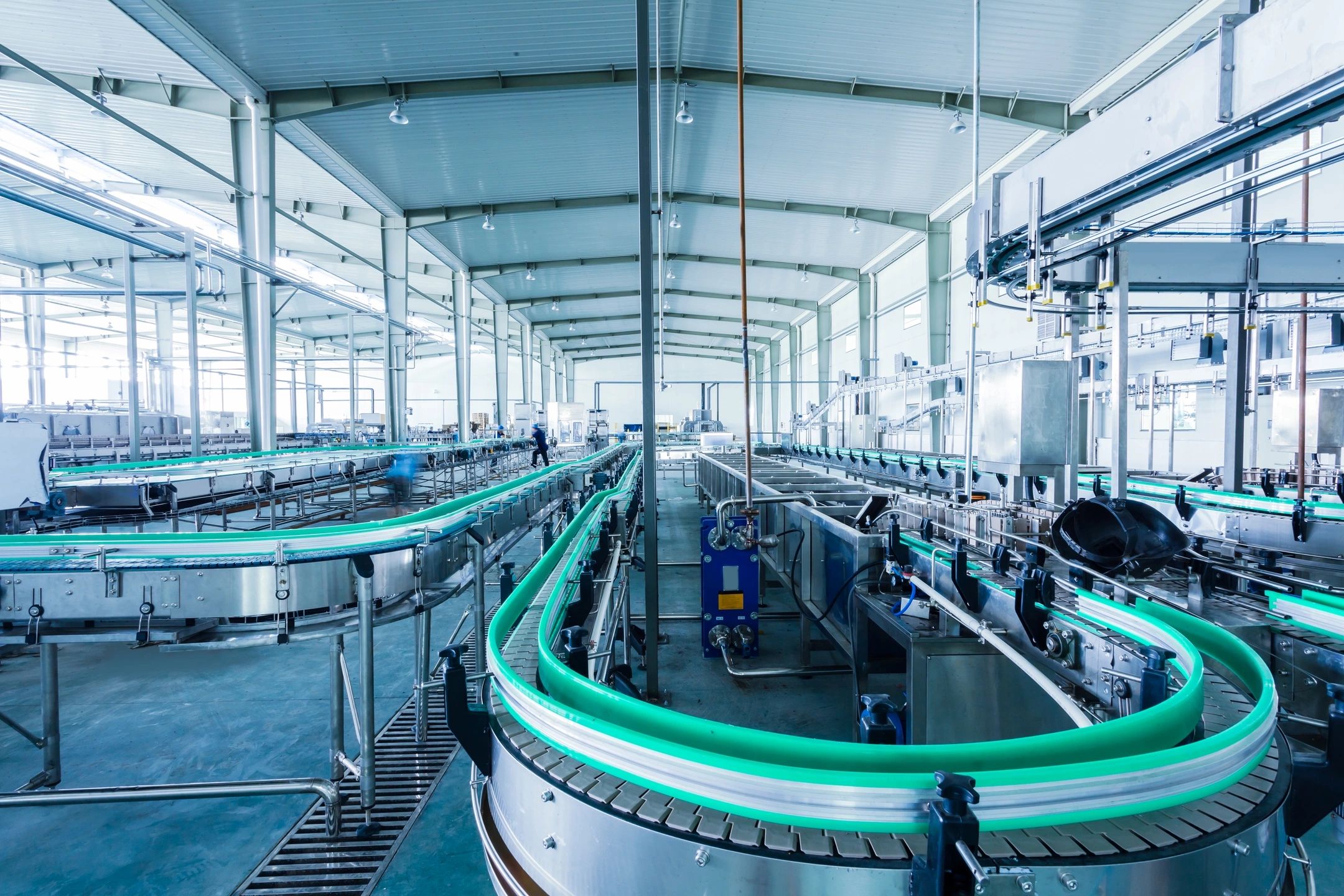In the ever-evolving landscape of environmental consciousness, the packaging industry finds itself at a crossroads, grappling with the tradeoff between sustainability and cost. As consumer demand for eco-friendly solutions intensifies, businesses are faced with the challenge of adopting sustainable packaging practices while maintaining competitive pricing. Sustainable packaging, often synonymous with terms like “eco-friendly,” “biodegradable,” and “recyclable,” has emerged as a pivotal force in shaping the future of the packaging industry. In response to growing environmental concerns, companies are increasingly incorporating sustainable materials and practices into their packaging processes. From compostable alternatives to recycled materials, the industry is witnessing a paradigm shift towards greener solutions.
One of the primary advantages of sustainable packaging is its positive impact on the environment. Traditional packaging materials, such as single-use plastics, have contributed significantly to pollution and waste. Sustainable alternatives, on the other hand, aim to reduce the carbon footprint, decrease reliance on non-renewable resources, and promote recycling initiatives. As consumers become more eco-conscious, the demand for products packaged in an environmentally friendly manner has skyrocketed. However, the transition to sustainable packaging comes with its own set of challenges, particularly when it comes to pricing. Sustainable materials are often more expensive than their conventional counterparts, which raises concerns about the economic feasibility of widespread adoption. Businesses must navigate the delicate balance between meeting consumer expectations for eco-friendly products and managing production costs.
The production of sustainable packaging materials often involves intricate processes and the use of innovative technologies, both of which contribute to higher manufacturing costs. Additionally, the limited availability of certain sustainable materials can further drive up prices. Companies are faced with the dilemma of whether to absorb these additional costs, potentially impacting their profit margins, or pass them on to consumers, risking potential resistance due to higher product prices. Despite the initial financial challenges, many businesses are recognizing the long-term benefits of investing in sustainable packaging. Consumer loyalty, brand reputation, and market competitiveness are increasingly tied to environmental responsibility. Companies that proactively embrace sustainable practices not only align themselves with consumer values but also position themselves as leaders in corporate social responsibility.
The packaging industry is undergoing a transformative shift towards sustainability, driven by heightened environmental awareness and consumer demand. The tradeoff between sustainable packaging and pricing is a complex equation that businesses must carefully navigate. While the upfront costs of adopting eco-friendly solutions may pose challenges, the long-term benefits in terms of brand reputation and customer loyalty can far outweigh the initial investment. As the industry continues to evolve, finding innovative ways to strike a balance between sustainability and affordability will be crucial for the success of businesses in the packaging sector.


Comments are closed